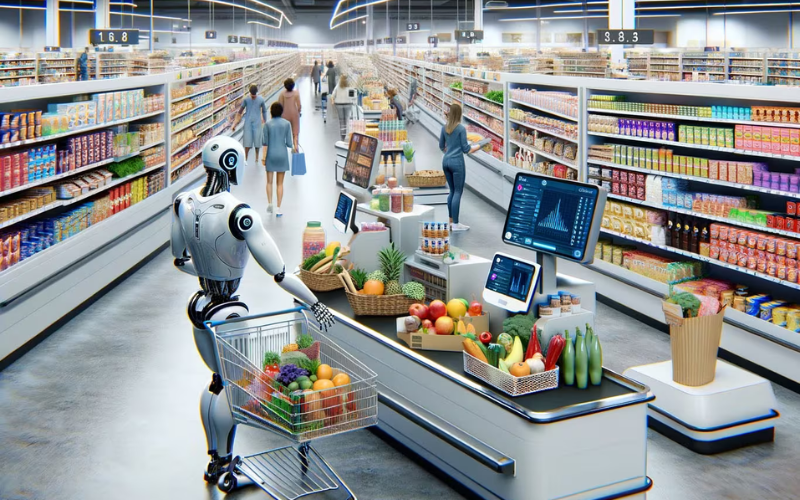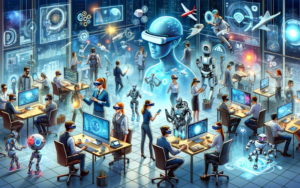The Dawn of Machine Customers: A New Era in Commerce
In the rapidly evolving world of technology, a new breed of consumers is emerging – the “Machine Customers”. These are not your typical consumers browsing through aisles or clicking on e-commerce websites. Instead, they are machines, powered by artificial intelligence (AI) and machine learning, making purchasing decisions independently.
Understanding Machine Customers
At the heart of machine customers lies the power of AI and machine learning. These technologies enable machines to analyze vast amounts of data, learn from it, and make informed decisions. Coupled with the Internet of Things (IoT), which connects these machines to the internet, they have access to real-time data, enhancing their decision-making capabilities.
Machine Customers in Action
The concept of machine customers is not a distant future, but a present reality. Automated inventory management systems in companies are a prime example. These systems monitor stock levels and place orders autonomously when supplies dwindle, ensuring seamless operations. Another instance is programmatic advertising, where machines decide which ads to purchase based on data about the target audience. These examples underscore the effectiveness and impact of machine customers in today’s digital age.
The Future is Here
The prevalence of machine customers is set to rise. With advancements in AI and machine learning, machines will become increasingly sophisticated in their decision-making. From retail to manufacturing to healthcare, machine customers are poised to revolutionize various sectors, making them an integral part of our future.
Design for Conversion
A well-designed landing page should guide your visitors toward taking the desired action. Make sure that your call-to-action (CTA) button is prominent, visually appealing, and easy to find. Use contrasting colors and whitespace to make your CTA stand out, and use action-oriented language that encourages visitors to click.
In addition to the CTA, consider other design elements that can impact conversion rates. For example, a clean and clutter-free layout, easy-to-read fonts, and clear navigation can help create a seamless user experience and encourage visitors to take action.
Optimize for Mobile Devices
With more people accessing the internet via smartphones and tablets, it’s essential to ensure that your landing page is optimized for mobile devices. A responsive design will automatically adjust to fit any screen size, ensuring a smooth and user-friendly experience for all visitors. Additionally, keep in mind that mobile users typically have shorter attention spans, so it’s crucial to make your content concise and easily digestible on smaller screens.
Weighing the Implications
The advent of machine customers brings with it a host of implications. On one hand, they promise increased efficiency and data-driven decisions, potentially saving time and money. On the other hand, they raise concerns about privacy and job displacement. As machines collect and analyze data, there’s a risk of misuse of sensitive information. Furthermore, as machines take over tasks traditionally performed by humans, job losses could ensue in certain sectors.
Conclusion
Machine customers represent a significant shift in the commerce landscape. While they offer numerous benefits, they also pose challenges that need to be navigated carefully. As this technology continues to evolve, it is crucial for businesses, consumers, and policymakers to ensure that the rise of machine customers is beneficial for all stakeholders.
This article provides a comprehensive overview of machine customers, their current applications, future prospects, and implications. It serves as a starting point for further exploration into this fascinating aspect of technology. Stay tuned for more insights into the world of machine customers.





